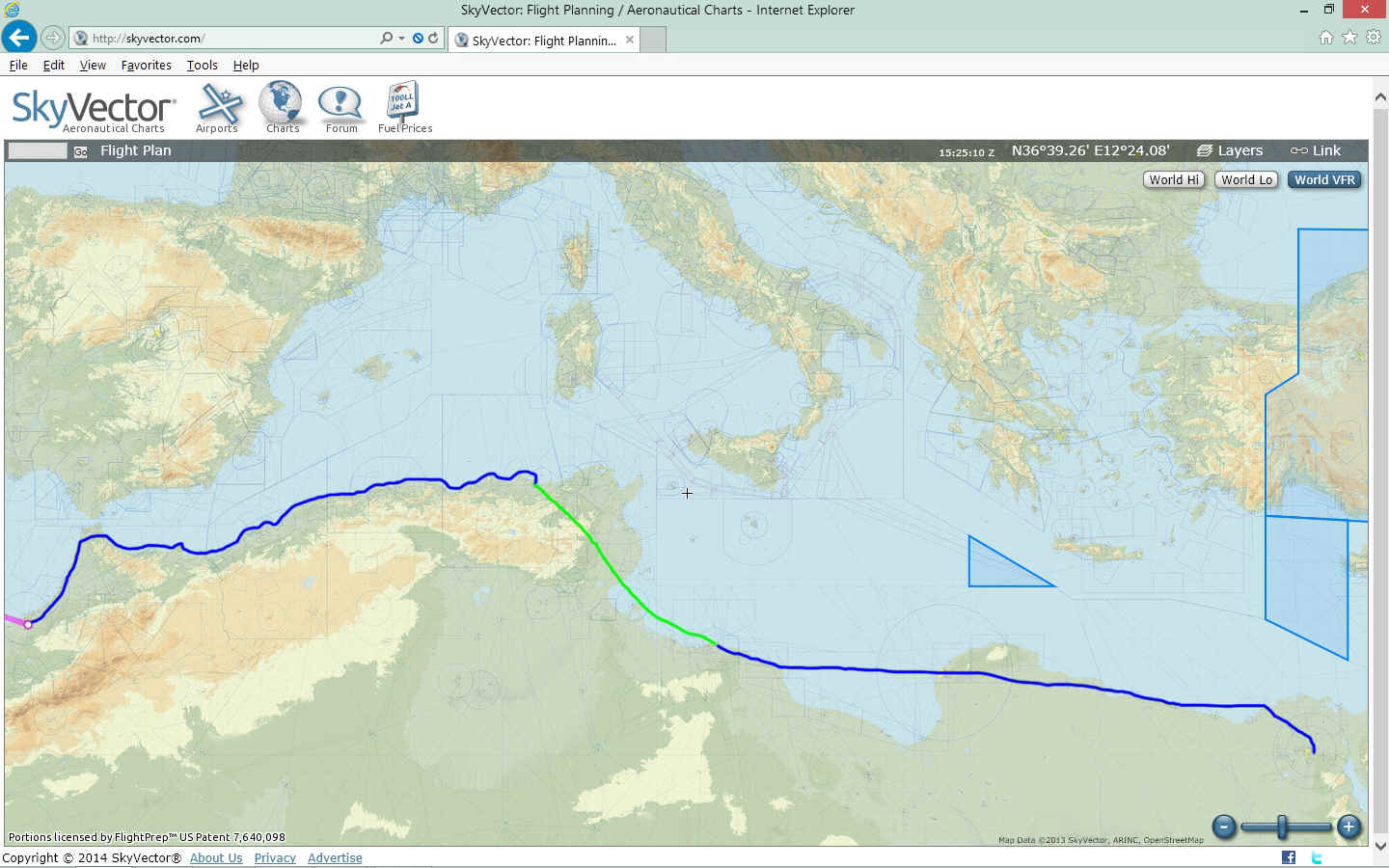
Bone, Algeria to Tripoli, Libya with Jerrie Mock in 1964 · · PAGE 5.
March 31: 1964: The weather was better on the GREEN route from Bone to Tripoli allowing for a direct flight across Tunisia. It was during this leg of the flight that she accidentally burned out the motor that controls the length of the trailing antenna for the high-frequency communications radio. She ended up flying all the way to Manila before it could be fixed. She had only shorter range VHF communications radios until she reached Manila. They work fine when over land near airports, but are useless hundreds of miles out over an ocean. The replacement parts she needed were shipped there where the Cessna dealer provided a 100-hour inspection service along with the needed repairs. The ADF radio guided the way to long-range low-frequency radio beacons while flying over the oceans. The radio beacons were located near to or on airports everywhere she flew. They were commonly used for non-precision approaches before modern global positioning system (GPS) receivers came into use in aviation. In this day and age of the second decade of the 21st century, most cell phones also include GPS capability.

As Jerrie was sitting in the airplane ready to start the engine, one of the
Bone Airport men runs out to speak to her urgently waving his hands in the air. He
had a message from her Aero Club contact in Cairo telling her not to fly there today as
there was a big sand storm in Egypt. He advised her to spend the night in Tripoli,
Libya. The departure from Bone toward Tripoli is heading southeast away from the
coast and over low mountains from 2000 to 3000 feet high. This view from Google
Earth shows how the land transforms from green forest as the mountains rise to trap
moisture from the Mediterranean Sea. Where there is water there is farmland along
the route. As the mountains give way to the Sahara Desert, the population density
dwindles with the approaching desert.
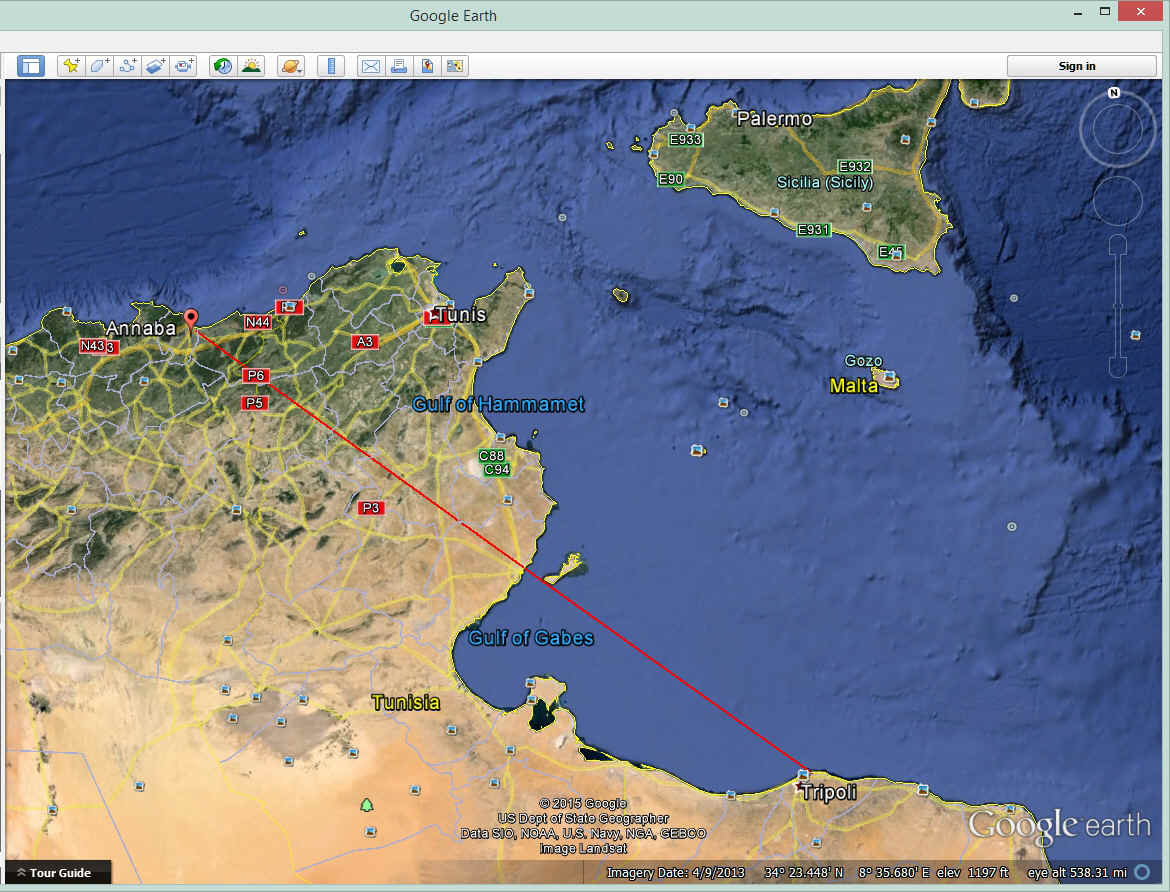
The view leaving Bone shows low mountains and a lake along the direct course
toward Tunisia and onward to Tripoli, Libya. One thing you will notice in this
Google Earth image is how there are some differences in the aerial photos used to create
the combined image of the Earth.
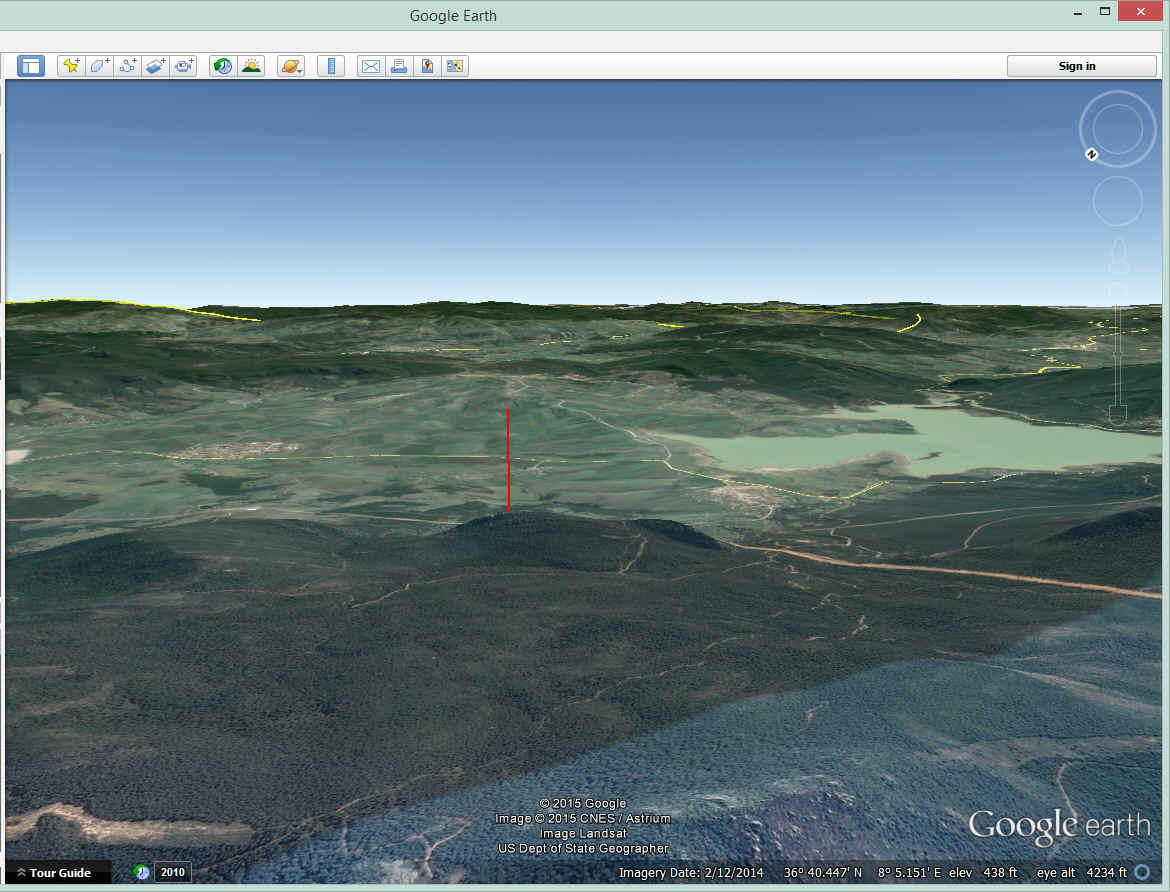
The forests start to thin out after passing some 3000 foot high mountains.
There is some farming going on in the valleys between the mountains. The red
course line points the way to Tripoli.
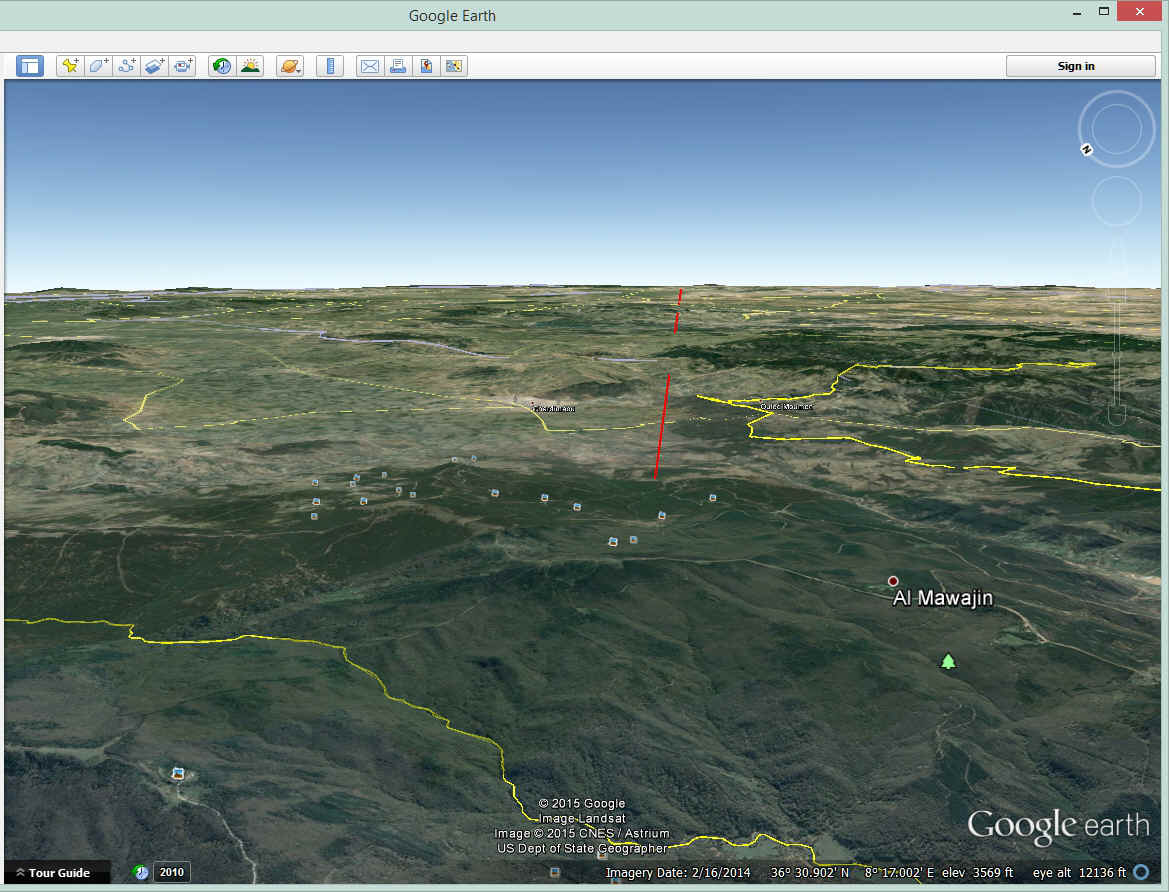
Next is an area that still has water and farming as the land becomes more
rugged in places.
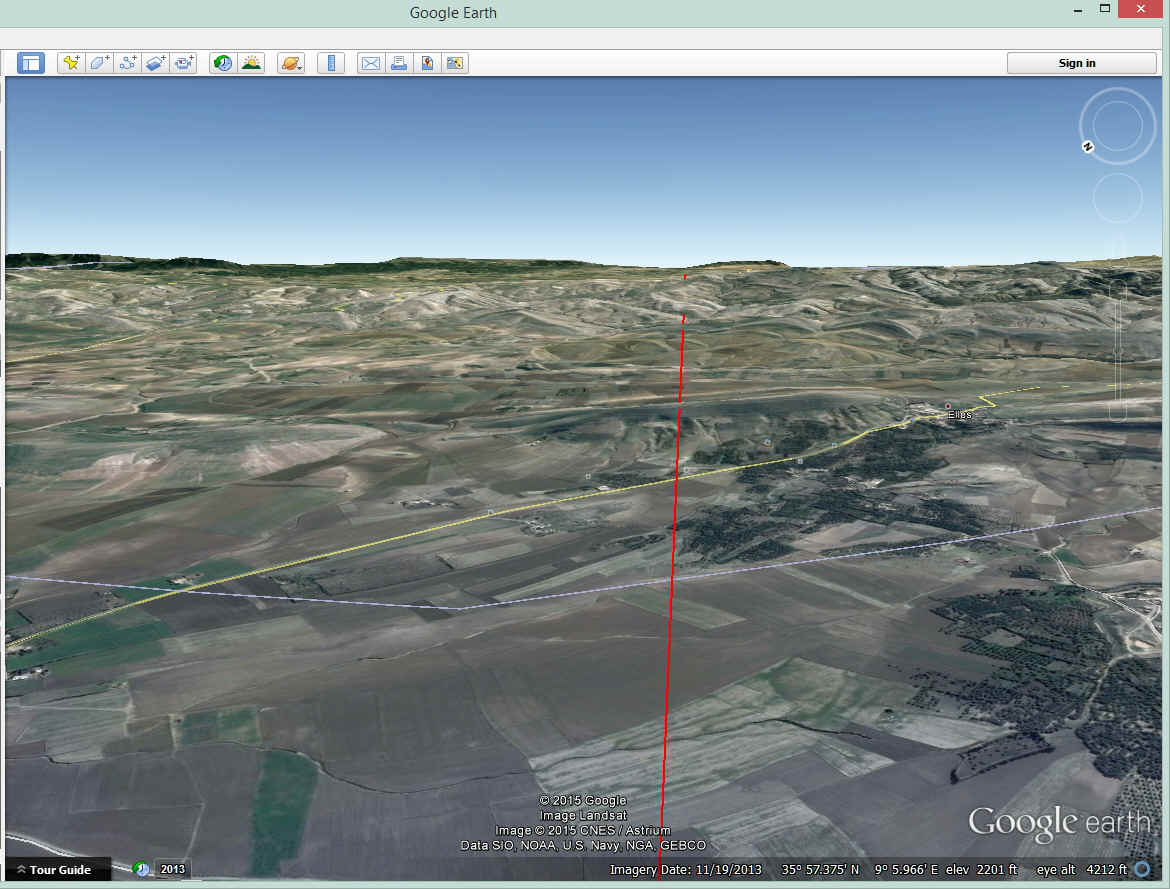
In Tunisia, the Sahara Desert is taking over as Jerrie continues East.
This is the area where she damaged the antenna motor for the long-wire antenna for the HF
radio transmitter and receiver. You need to read the book to get her thoughts when
she smelled smoke from the wires and took immediate action to cut the power to the
electric motor.
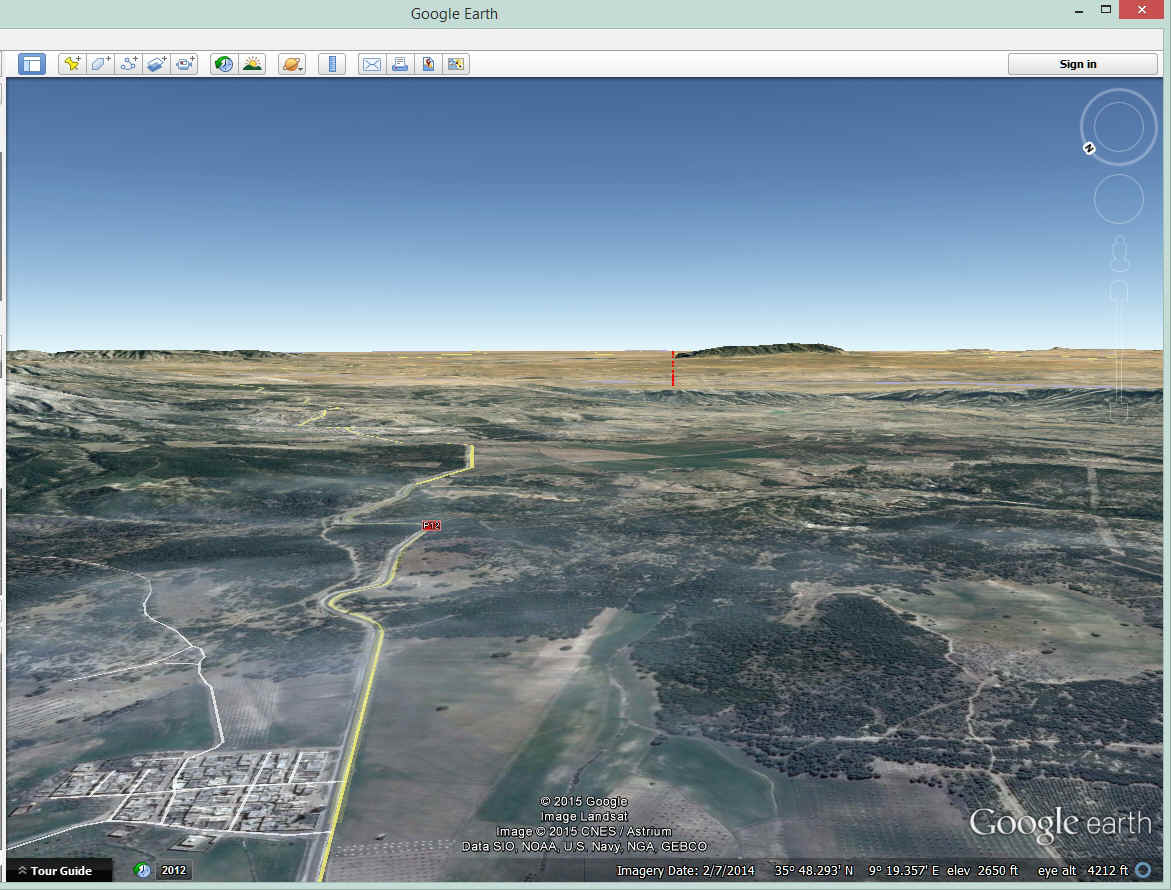
One lonely mountain ridge just over 2,900 feet high traps some moisture to keep
the slopes green as the desert surrounds it. There are people living here as you can
see below. There is a dam and reservoir near the left edge of this image.
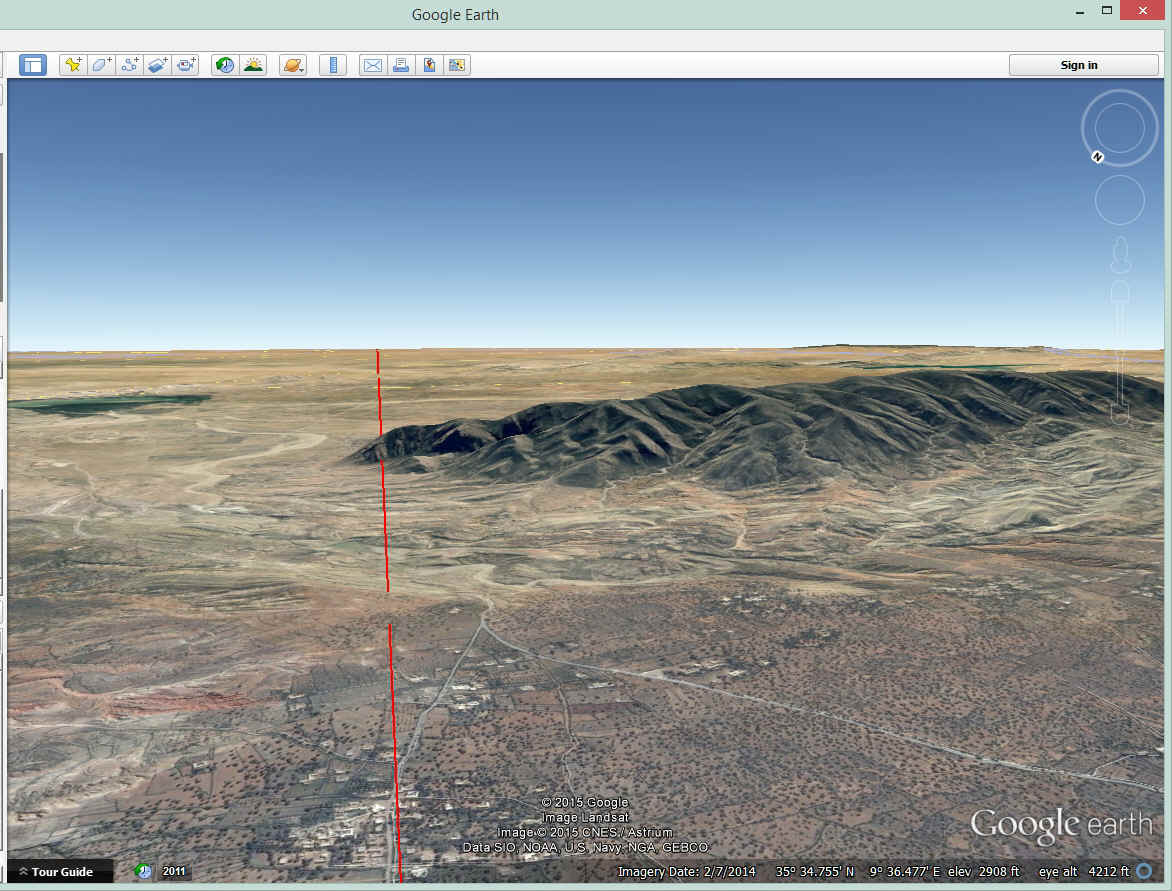
Finally, the desert and the sea meet as the flight is now heading directly to
Tripoli.

The Idris Airport at Tripoli in 1964 is seen below, located south of the
city. This Google image is dated October 16, 2014.
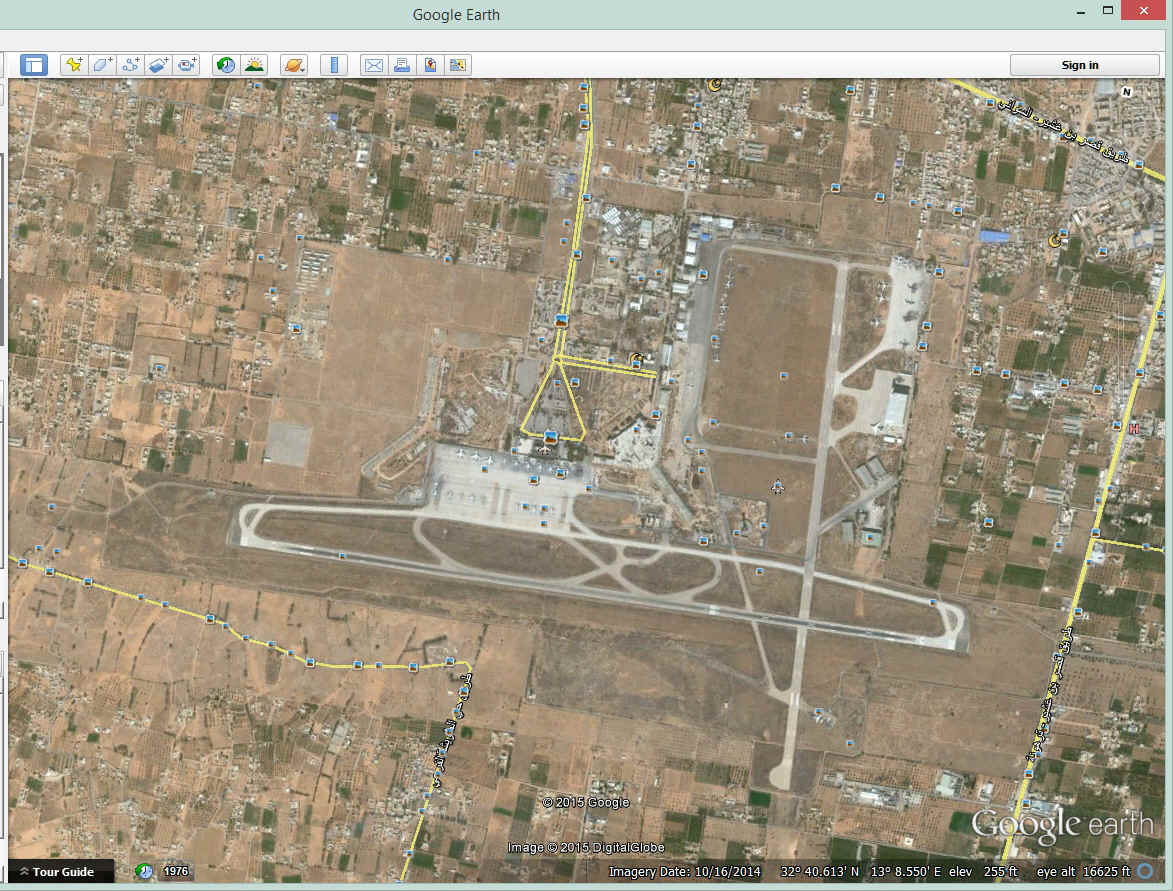
The approach to runway 9. The runway is perfectly straight in the photo
above, but the artwork of Google Earth is not, as you can see below.
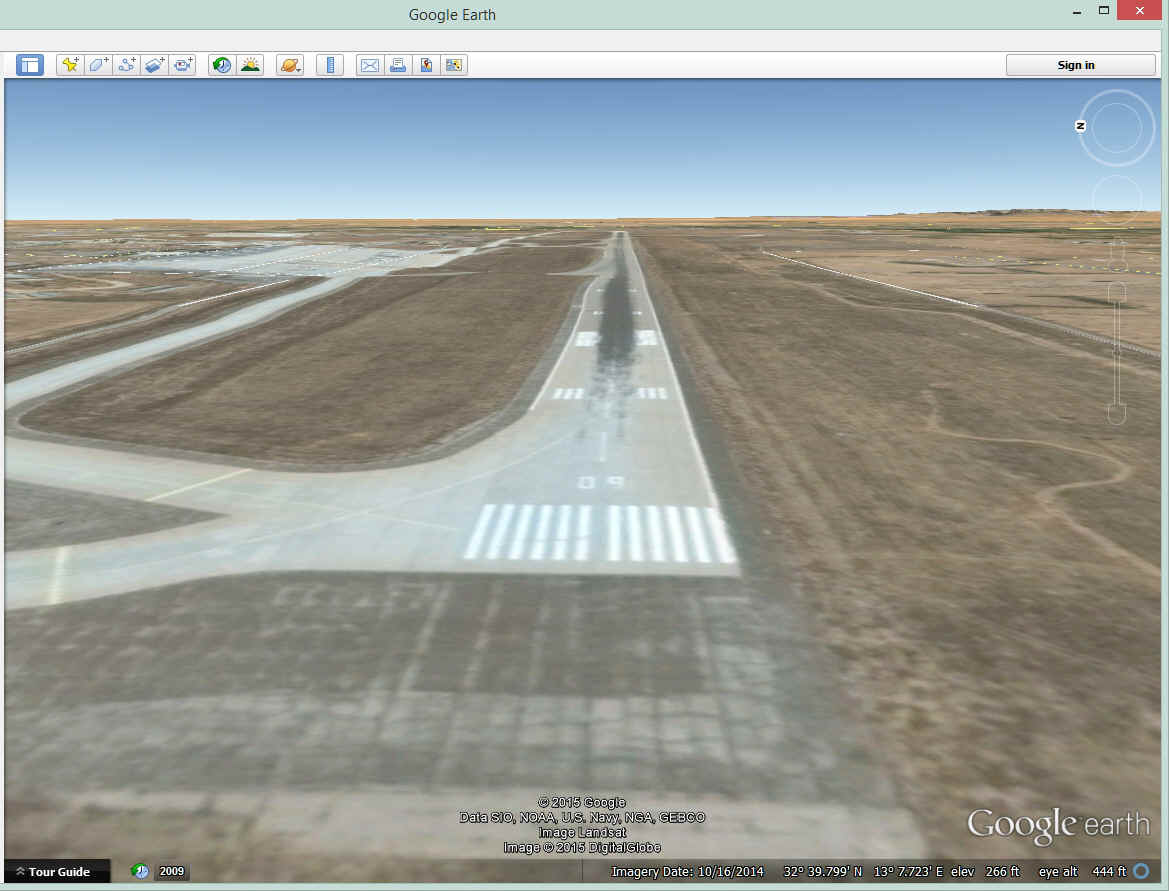
Here is a photo post card of the Libya Palace Hotel where Jerrie spent the
night in 1964.
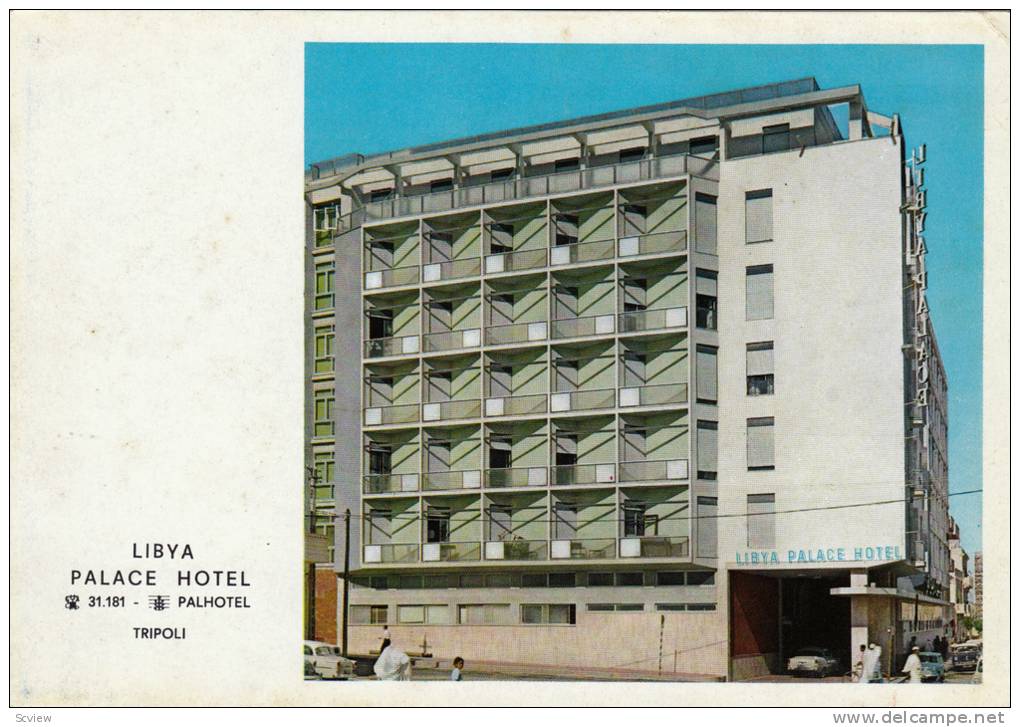
Another post card gives a different view of the hotel.
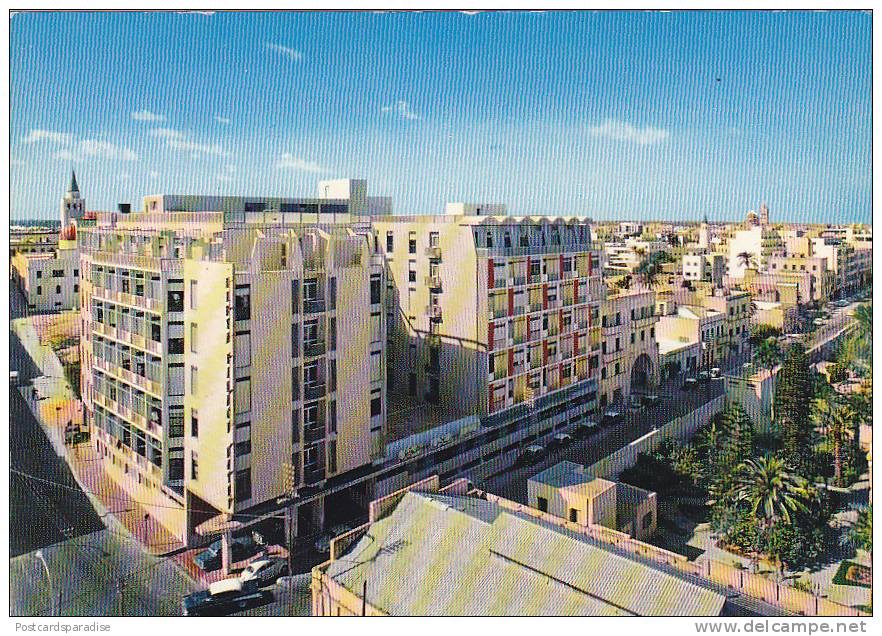
| CLICK HERE for PAGE 6 | CLICK for Jerrie Mock MENU | Return to N2PRISE MAIN MENU |